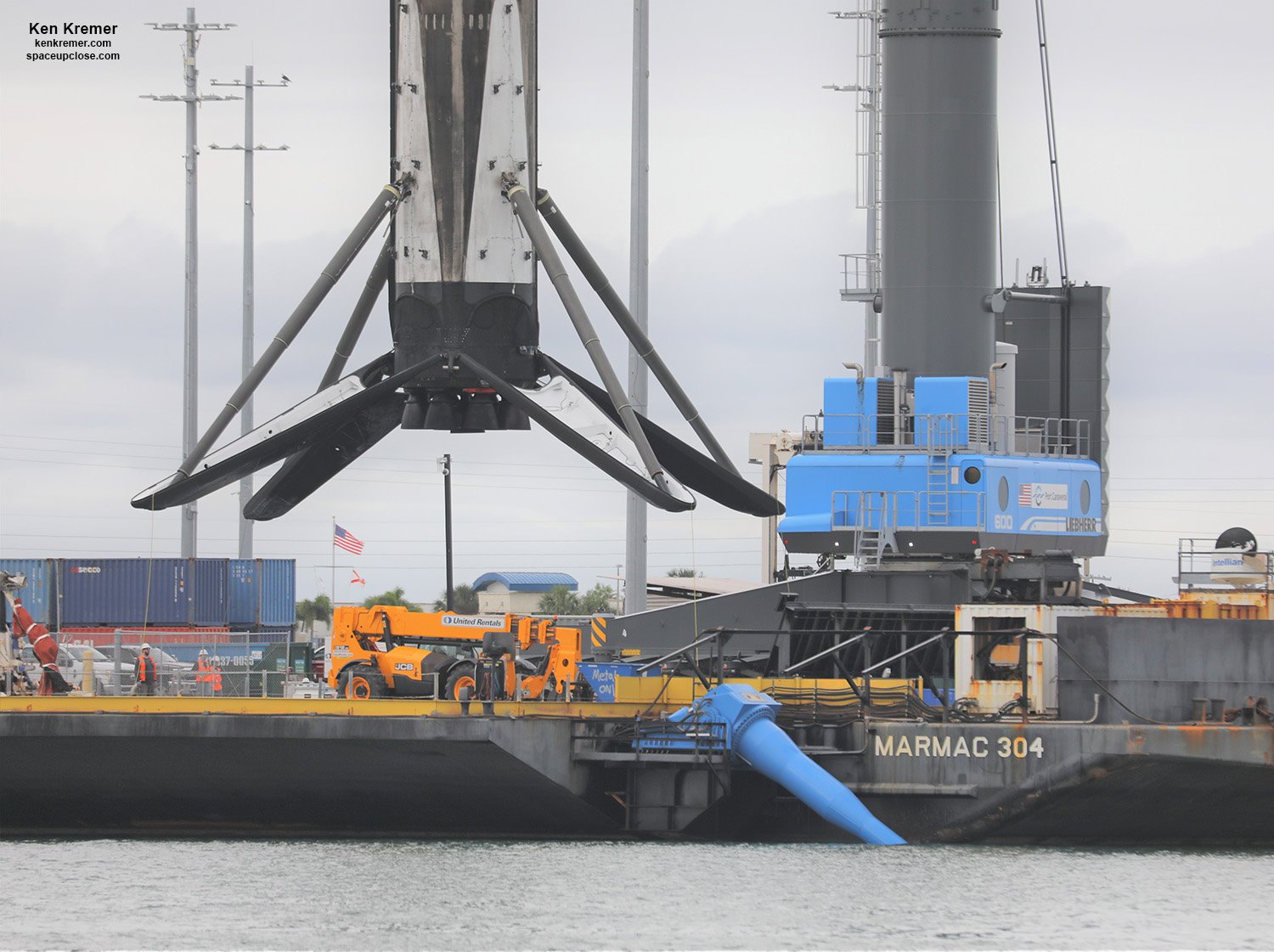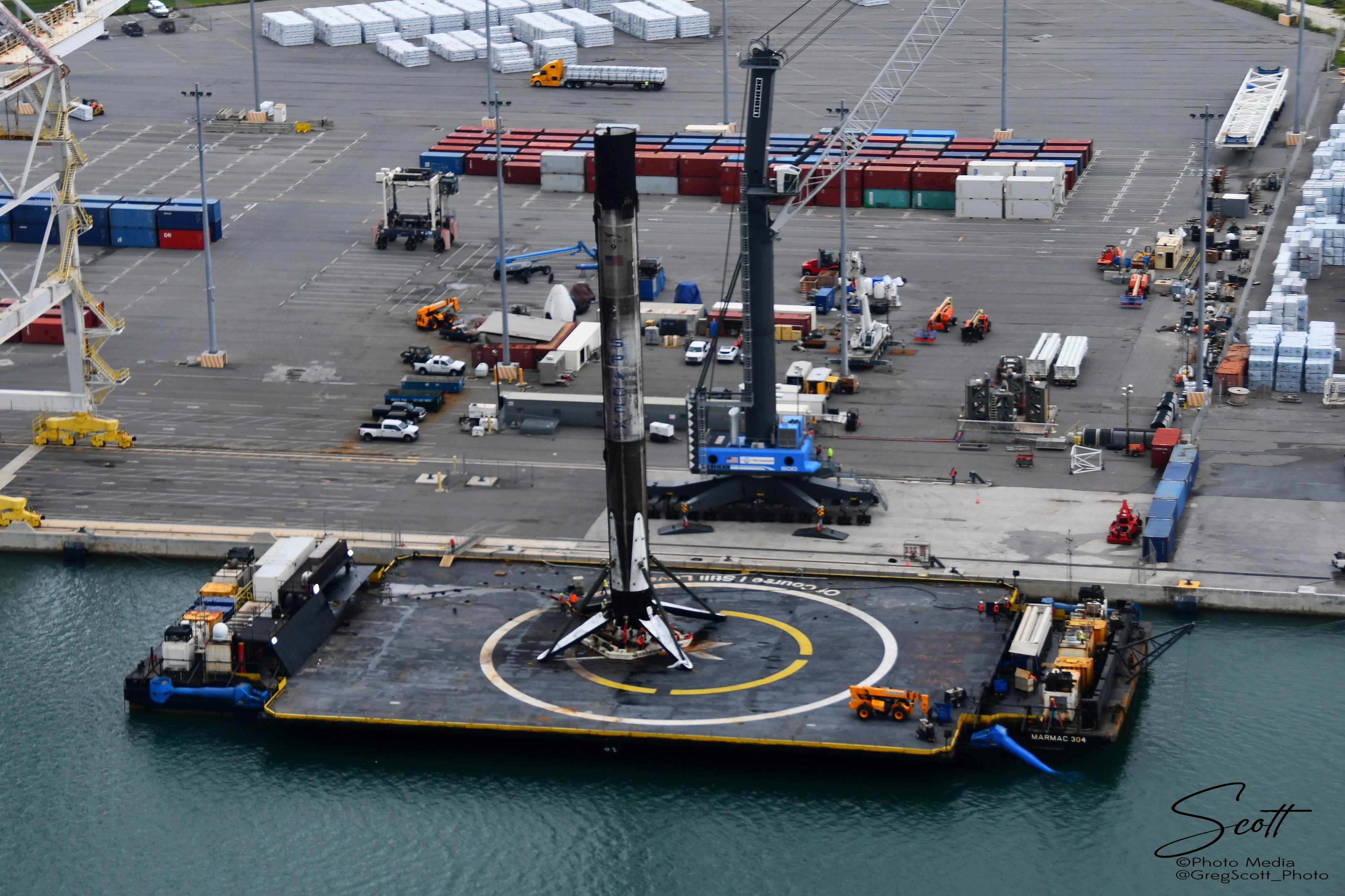I am very curious about this project and hoping it will improve my slow wifi.
Short answer? It probably won’t help you, and it definitely won’t be anytime soon.
The nuanced answer depends on what your current connectivity looks like and how the terrestrial telecom giants plan to serve you in the future. As an analogy, consider that in a little over a decade Tesla has climbed to something like 2% of US auto sales. Of course the nature Starlink in the IT sector won’t align with those figures, but it does help put a bit of perspective on things. If I had to make a prediction I’d say that in ~5 years Starlink might serve ~5% of US traffic. If you’re statistically likely to be one of those few percents, then yes, Starlink might improve your slow connection.
Not sure what that was, shooting across the frame in a straight line seemingly well below stage 1 as it coasted after separation.
Its kinda hard to say when you've got a grainy image in microgravity+thin atmosphere. It could be a speck of something really close? Its kind of going the wrong way to be a rocket part far away if that matters. That said, I think a few seconds before the screenshot you captured its plausible the tumbling thing is the fairing (going from center screen to screen left).
The thing that went into my list of amazing capabilities, after listening to some of the Everyday Astronaut and other stuff about how rocket engines actually work, is that SpaceX can turn their engine on and back off in 1 second (give or take). Maybe it's my own ignorance and in fact engines that turn off and on in a second are more the norm than not; but that struck me as being impressive.
It depends on the motor and then also the context of "1 second". Like, on-then-back-off-in-a-second is kind of a weird metric. Anyway, if we're talking about a turbopump fed motor and a completely cold system (like, 0 rpm on the pumps), 1 second to stabilized thrust is pretty friggin impressive. If the turbines are spinning and we're talking about 1 second from command to ignition to command to shutdown...maybe less impressive. Its really easy to take things out of context.
For something like an electric propulsion thruster (like they have on Starlink) its pretty fast to go from command to thrust. Same for hypergols and some monopropellants. Others that require external heat could be "fast" but only if, for instance, a heated catalyst bed can be held in some kind of standby mode.
Last edited:




